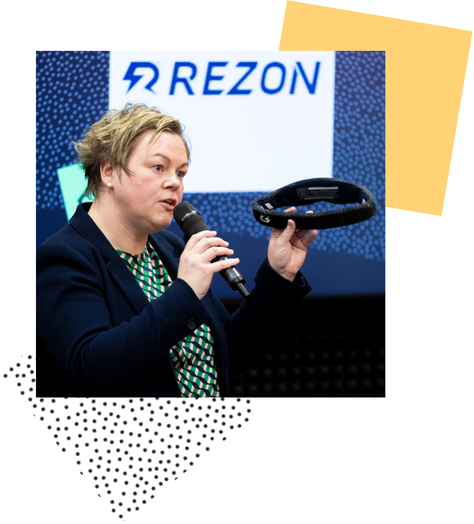When it comes to putting together an investment deck for an early stage company, the proverb ‘less is more’ applies.
Angel investors and early-stage venture capital funds receive scores of decks per week. It is important to just present succinct and relevant information. If you don’t grab their attention within the first couple of slides, they are likely to lose interest.
In this article we list the key requirements to include in your deck to maximise your chances of investment success.
Tax reliefs for investors
Due to early stage companies carrying a lot of risk for investors, you need to ensure that make sure your deck clearly specifies whether your business qualifies for the SEIS and EIS tax reliefs (read our article about SEIS/EIS for more information).
This will be particularly attractive for individual investors who can benefit from a reduction up to 50% off their income tax bills. It is not uncommon for angel investors to only deploy their funds into SEIS/EIS businesses. If relevant, this should be included within the first few slides as a bullet point. You may even want to include this on the front page.
Your startup’s team
Early stage businesses will often attract investment on the strength of their founding team. This will particularly be the case if the product or service has not yet received significant traction within its market place.
Including one or two sentences about each key team member should be sufficient. Make sure to name drop well-known companies members have previously worked for, and if possible present the information in such a way that the cumulative skill set of the team comes across as being complimentary.
A common misconception of pre-revenue companies seeking seed stage investment is the requirement to include detailed financial models in decks.
Product and market fit
Investors will want to see that your company is addressing a clearly identifiable market in which there is a definite need for your product or service
This creates the impression that your business is scalable and is worthwhile growing its top lines revenues in the short, medium-term as opposed to being profitable at any point in the near future.
If your product or service is not yet generating revenue, investors would expect this section to detail information on a Minimum Viable Product (MVP), which indicates how your company will satisfy the product/market fit demand.
Financials
Whilst it can be tempted to include a detailed monthly five year financial model across a balance sheet, profit and loss account and cash flow, a 12-month monthly breakdown of the latter should suffice. Include a detailed monthly five- year financial model across a balance sheet, profit and loss account, and cash flow is not necessary. However, a yearly monthly breakdown of the latter should be enough.
As cash will be the key metric by which early stage businesses will live or die by, investors will just want to see that you have enough money in the bank to keep going. On your 12-month cash forecast make sure to include the capital requirement you are looking for, as well as a detailed separate breakdown on what the funds will be used on.
Exit
In spite of generous tax reliefs, investors will be focused on being able to anticipate what a potential exit would look like. Including an exit slide in your investor deck shows that this is something which you have given serious consideration to, even if this is part of a plan which may not take place for another half a decade.
Exit routes to consider including an IPO or a trade sale. If possible, highlight recent M&A activity within your sector which may be relevant.
Propel by Deloitte is designed to help ambitious startups and small businesses grow and has recently helped a number of companies raise money through our investment readiness services. If you are seeking finance and need support, fill out this simple form to talk to them about what you’re trying to achieve and how they might be able to help.
This article was originally published by Propel by Deloitte here.




